Custom Motor Controllers
Outer Reef Technologies
Examples of Our Custom Brushless DC Motor Controllers
Brushless DC (BLDC) motors are becoming increasingly popular because they do away with the mechanical commutator used in traditional motors, replacing it with an electronic device that improves the reliability, efficiency, and durability of the system. Another advantage of a BLDC motor is that it can be made smaller and lighter than a brush type with the same power output, making the former suitable for applications where space is tight.
Because a BLDC motor dispenses with the brushes, instead employing an “electronic commutator”, the motor’s reliability and efficiency is improved by eliminating this source of wear and power loss. In addition, BLDC motors boast a number of other advantages over brush DC motors and induction motors, including better speed versus torque characteristics; faster dynamic response, noiseless operation, and higher speed ranges.
The stator of a BLDC motor comprises steel laminations, slotted axially to accommodate an even number of windings along the inner periphery. While the BLDC motor stator resembles that of an induction motor, the windings are distributed differently.
The rotor is constructed from permanent magnets with N-S pole pairs. More magnet pairs increase torque and smooth out so-called torque ripple, evening the power delivery from the motor. The downside is a more complex control system, increased cost, and lower maximum speed.
The BLDC motor’s electronic commutator sequentially energizes the stator coils generating a rotating electric field that ‘drags’ the rotor around with it. N “electrical revolutions” equates to one mechanical revolution, where N is the number of magnet pairs.
All electric motors generate a voltage potential due to the movement of the windings through the associated magnetic field. This potential is known as an electromotive force (EMF) and, according to Lenz’s law, it gives rise to a current in the windings with a magnetic field that opposes the original change in magnetic flux. In simpler terms, this means the EMF tends to resist the rotation of the motor and is therefore referred to as “back” EMF. For a given motor of fixed magnetic flux and number of windings, the EMF is proportional to the angular velocity of the rotor.
But the back EMF, while adding some “drag” to the motor, can be used for an advantage. By monitoring the back EMF, a microcontroller can determine the relative positions of stator and rotor without the need for Hall-effect sensors. This simplifies motor construction, reducing its cost as well as eliminating the additional wiring and connections to the motor that would otherwise be needed to support the sensors. This improves reliability when dirt and humidity are present.
For Brushless DC motors, magnetic fields are generated by magnets mounted directly on the rotor and by coils in the stator. The stator windings generally come in a 3-phase configuration and are arranged to be 120 electrical degrees apart from each other. It is the sum of the force generated by these three phases that will ultimately generate useable motor rotation.
Depending on how the individual magnetic coils are driven, they can interact to create force that does not generate rotational torque, or they can create force which does generate rotation. These two different kinds of force are known as quadrature and direct, with the useful quadrature forces (not to be confused with quadrature encoding scheme for position feedback devices) running perpendicular to the pole axis of the rotor, and the non-torque generating direct forces running parallel to the rotor's pole axis.
The trick to generating rotation is to maximize quadrature while minimizing direct torque generation. If the rotor angle is measured using a Hall sensor, back EMF, or position encoder, the direction of the magnetic field from the rotor is known.
Six step trapezoidal commutation is a simple technique that reads current state and excites the coils in a specific sequence. The downside to this technique is that for many motors it gives up some efficiency and is not as smooth as more advanced techniques. This is because the output control signal for each coil changes abruptly when a new state is read, which occurs every 60 electrical degrees. Torque and efficiency reduction is a result which stems from having only six measurable vector angles per electrical rotation.
In the sinusoidal control approach, the torque command is 'vectorized' through a sinusoidal lookup table, thereby developing a separate command for each winding of the motor. As the rotor advances, the lookup angle advances in kind. Once the vectorized phase command is generated, it is passed on to a current loop, one for each winding, which attempts to keeps the actual winding current at the desired current value.
An important characteristic of this approach is that as the frequency of motor rotation increases, so does the challenge of maintaining the desired current. This is because the current loop is affected by the rotation frequency. Lag in the current loop, insignificant at low rotation speeds, generates increasing amounts of direct (unwanted) torque at higher rotation speeds, resulting in a reduction of available torque.
Field oriented control (FOC) differs in that the current loop occurs de-referenced from the motor's rotation. That is, independent of the motor's rotation. In the FOC approach, there are two current loops, one for the quadrature torque and another for the direct torque. The quadrature torque loop is driven with the user's desired torque from the servo controller. The direct loop is driven with an input command of zero, so as to minimize the unwanted direct torque component.
The trick to making all of this work is math-intensive transform operations that convert the vectorized phase angle to, and from, the de-referenced direct and quadrature reference frame. Known as Park and Clarke transforms, their practical implementation in Brushless DC drives are now commonplace due to the availability of low-cost, high-performance DSPs and microprocessors.
BLDC motors offer a number of advantages over conventional motors. The removal of brushes from a motor eliminates a mechanical part that otherwise reduces efficiency, wears out, or can fail catastrophically. In addition, the development of powerful rare earth magnets has allowed the production of BLDC motors that can produce the same power as brush type motors while fitting into a smaller space.



Product development services include but are not limited to medical device development, robotics, electronics, firmware, software, mechanical design. Our team can help from initial concept through product launch and anywhere in-between.
Our team excels in understanding regulatory requirements for developing a thorough and cost effective plan, to meet your specific needs. We can assist in developing a quality management system for your company, guiding products through regulatory testing, and formal submissions such as FDA/EU/CE.
As we have many years of experience in new product development and prototypes we have transitioned over the years into also supporting our clients from production equivalent builds used for verification and validation to full production line support of complex electro-mechanical and optical assemblies.
A motor controller is a device that acts as an intermediary between motors, batteries, and the robot's microcontroller. A motor controller is essential because a typical microcontroller cannot provide much more than 0.1 Amps of current. The controllers receive voltage from the supply and transfer signals to the motor drives that are connected to the motors. They are effective in starting, stopping, and running motors in a systematic manner. They are used to control the motor's speed, reverse its rotational direction, or increase torque.
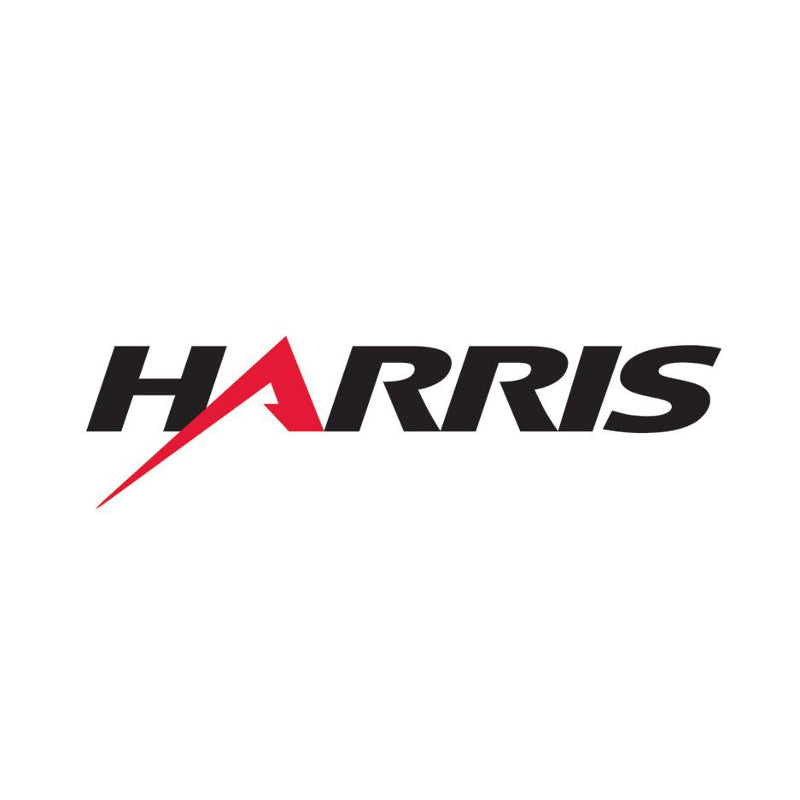

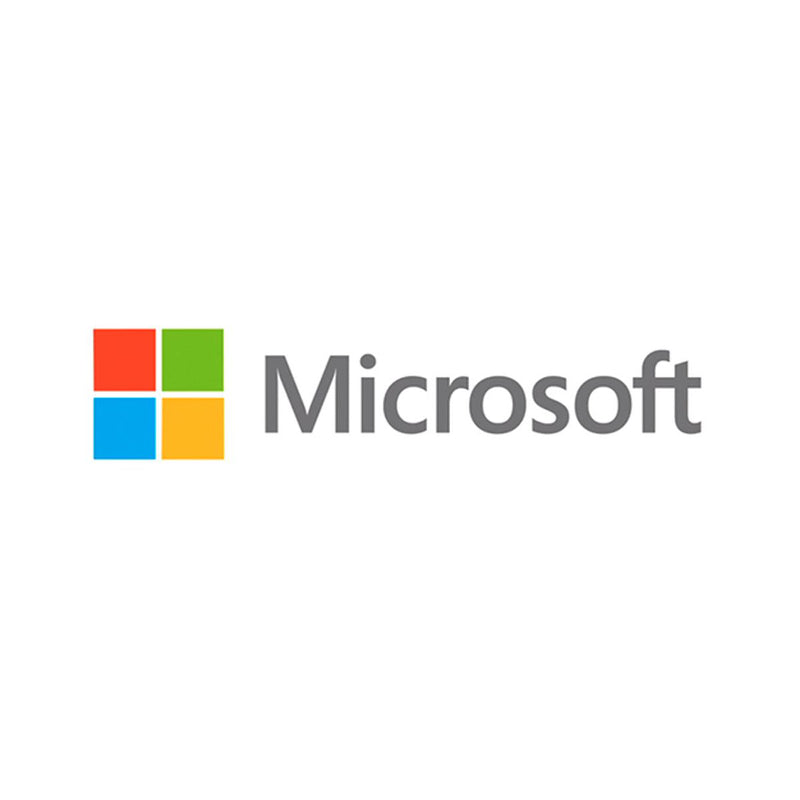

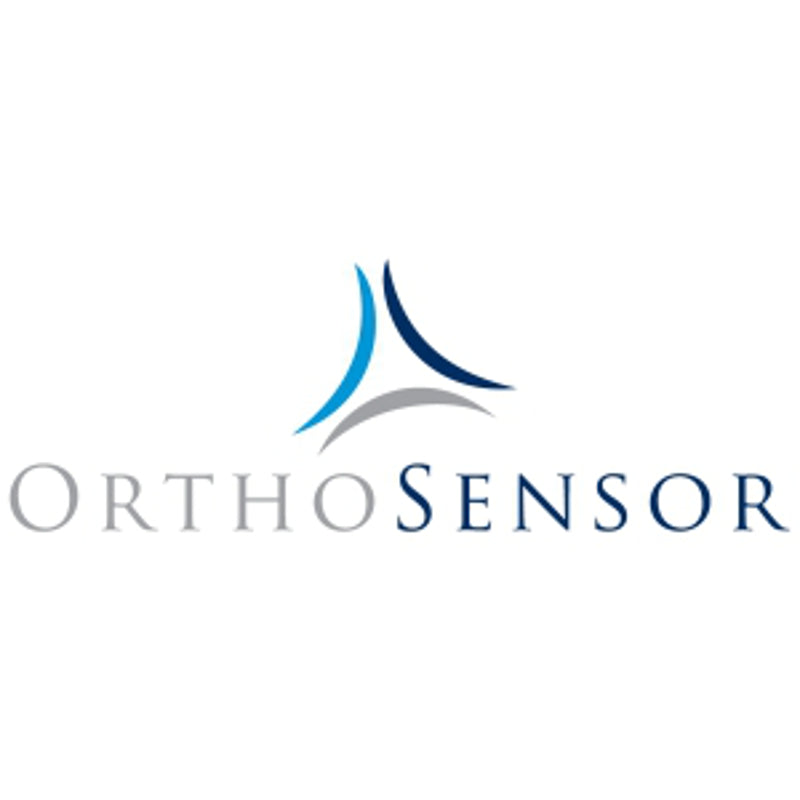
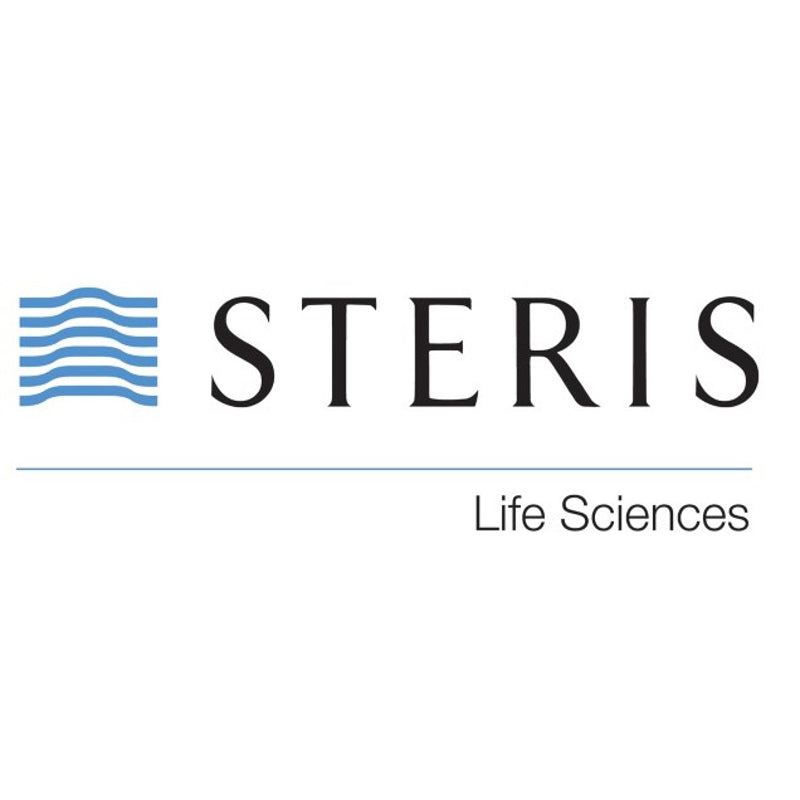
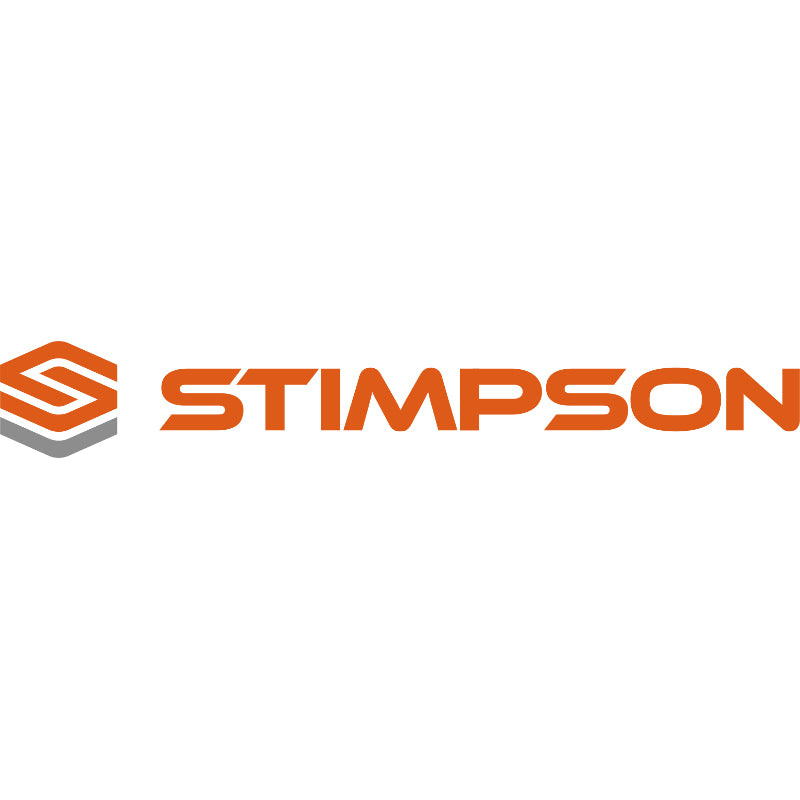
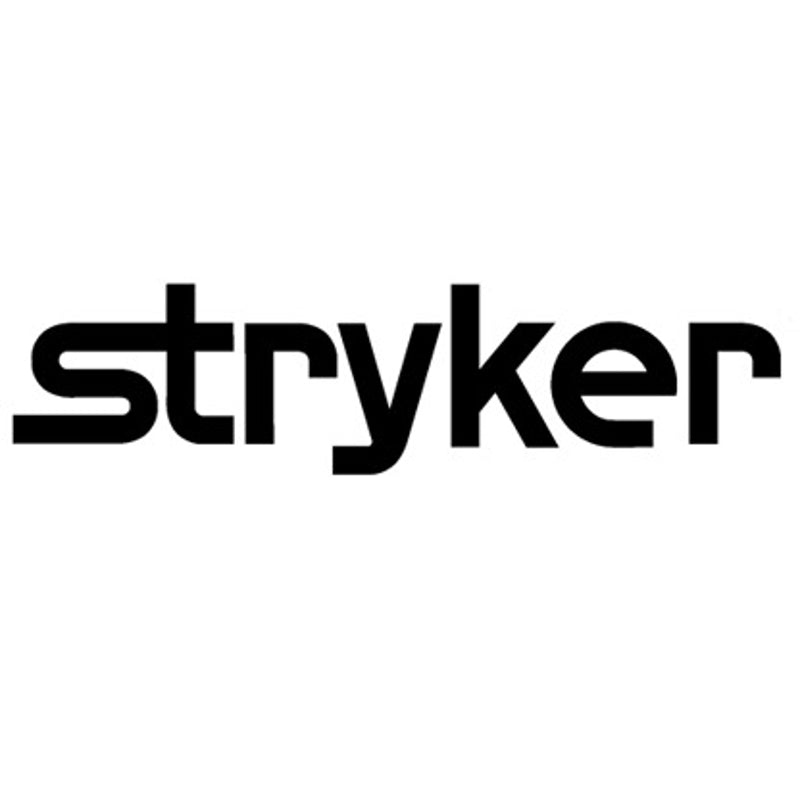

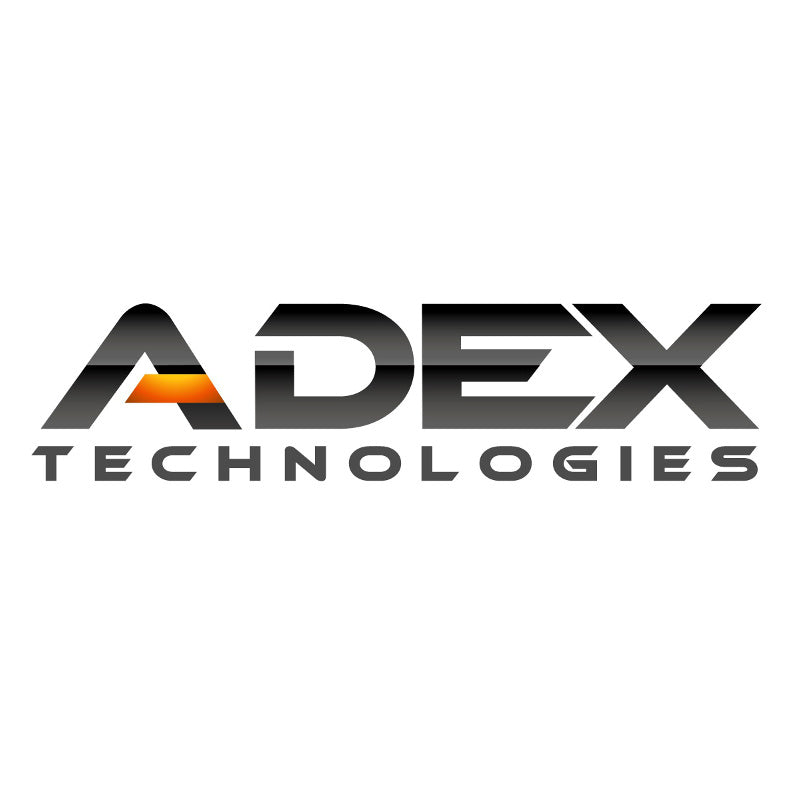

Thank you for you interest and we look forward to speaking with you! Call us directly to speak with one of our engineers or feel free to email us and we will contact you within 24 hrs to discuss your project needs.
